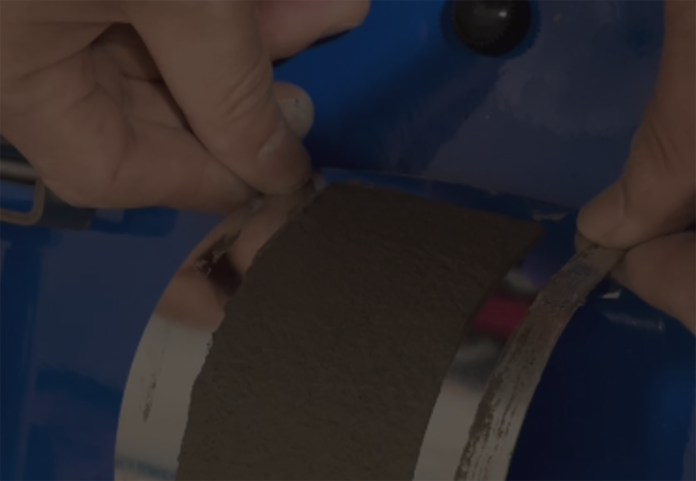
Dez . 15, 2024 13:05 Back to list
hpmc solubility in water
HPMC Solubility in Water A Comprehensive Overview
Hydroxypropyl methylcellulose (HPMC) is a widely used polymer in various industries due to its unique properties and versatility. One of the most significant characteristics of HPMC is its solubility in water, which plays a crucial role in its applications across pharmaceuticals, food, and construction materials. This article delves into the solubility of HPMC in water, the factors influencing it, and its practical implications.
Understanding HPMC
HPMC is a semi-synthetic polymer derived from cellulose, a natural polymer found in plant cell walls. This modification alters its physical and chemical properties, enabling HPMC to serve multiple functions in different formulations. As a nonionic water-soluble polymer, HPMC is particularly valued for its thickening, binding, and film-forming abilities. Its ability to form transparent gels and maintain viscosity makes it an essential component in a variety of applications.
Solubility Characteristics
The solubility of HPMC in water is influenced by several factors, including the degree of substitution (DS), molecular weight, and temperature. The degree of substitution refers to the number of hydroxyl groups on the cellulose backbone that have been replaced by hydroxypropyl and methyl groups during the chemical modification process. A higher degree of substitution typically enhances the solubility of HPMC in water, making it easier to dissolve in aqueous environments.
Molecular weight is another critical factor; lower molecular weight HPMC tends to dissolve more readily than higher molecular weight varieties. This is because lower molecular weight polymers have fewer entanglements and can more easily interact with water molecules, leading to quicker dissolution. Additionally, the temperature of the water can affect the solubility of HPMC. Increased temperatures often improve the rate of dissolution, as heat provides energy to disrupt the intermolecular forces holding the polymer chains together.
hpmc solubility in water

Applications of Water-Soluble HPMC
The solubility of HPMC in water allows it to be utilized in numerous fields
1. Pharmaceuticals HPMC is commonly employed in the formulation of drug delivery systems, including controlled-release tablets and capsules. Its hydrophilic nature allows it to swell in the presence of water, forming a gel that can control the release of active ingredients over time. Moreover, HPMC is used as a suspending agent and stabilizer in liquid pharmaceutical products.
2. Food Industry In the food sector, HPMC serves as a thickener, emulsifier, and stabilizer. Its water-soluble properties make it an ideal ingredient for salad dressings, sauces, and dairy products, improving texture and mouthfeel while enhancing shelf-life.
3. Construction Materials HPMC is also an essential additive in construction materials, particularly in cement-based products like mortars and plasters. Its solubility in water helps maintain workability, extends open time, and improves adhesion, thereby enhancing the overall performance of construction materials.
Conclusion
In summary, HPMC's solubility in water is a vital property that underpins its widespread usage in various industries. The degree of substitution, molecular weight, and temperature are key factors that influence this solubility, impacting how HPMC behaves in different formulations. Due to its extensive applications in pharmaceuticals, food, and construction, HPMC continues to be a fundamental ingredient that enhances product performance and consumer experience. Understanding the nuances of HPMC solubility not only aids in the formulation of effective products but also opens avenues for innovative applications in the future. As research and development continue to evolve, the potential for HPMC and its solubility in water will likely lead to even more exciting advancements across various fields.
-
Versatile Hpmc Uses in Different Industries
NewsJun.19,2025
-
Redispersible Powder's Role in Enhancing Durability of Construction Products
NewsJun.19,2025
-
Hydroxyethyl Cellulose Applications Driving Green Industrial Processes
NewsJun.19,2025
-
Exploring Different Redispersible Polymer Powder
NewsJun.19,2025
-
Choosing the Right Mortar Bonding Agent
NewsJun.19,2025
-
Applications and Significance of China Hpmc in Modern Industries
NewsJun.19,2025







